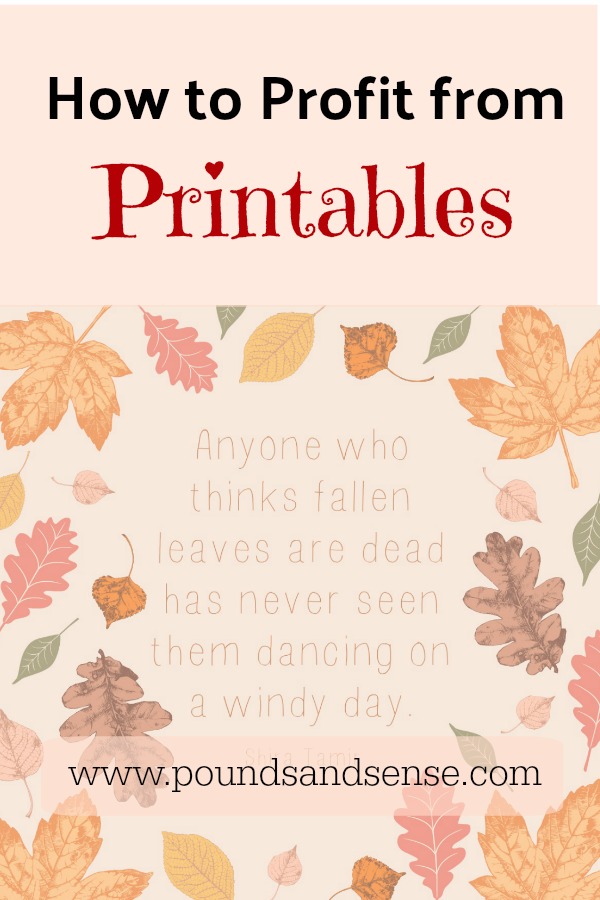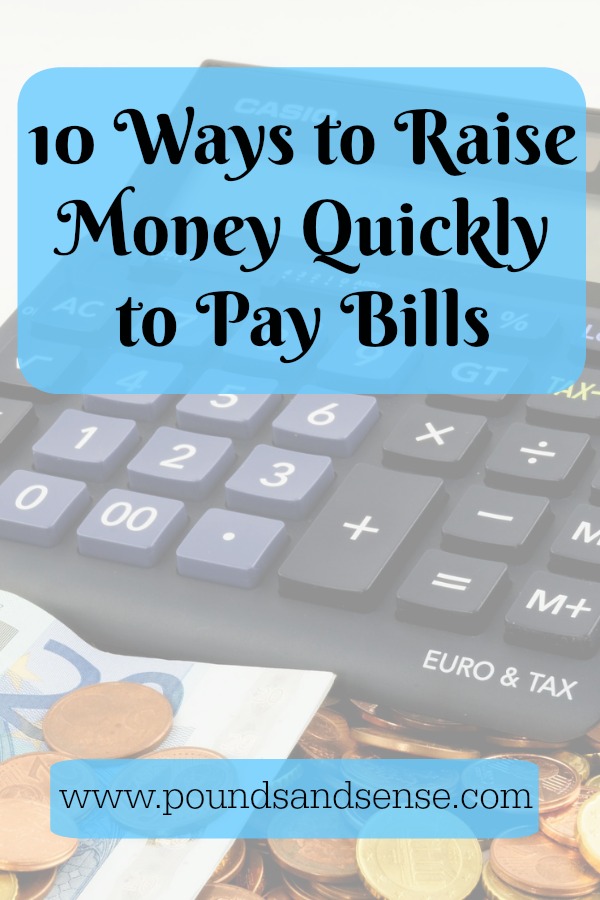How to Make Money from Pinterest
In my last post I talked about how to make money using Instagram. Today I’m spotlighting another opportunity to make money with social media, this time using the popular Pinterest platform.
As you probably know, Pinterest is a pinboard-style social networking and publishing service. Users create boards where they share things they like from around the web, with everything represented through images (known as “pins”).
The boards are effectively photo collages – though you can (and should) add written descriptions as well.
The visual appeal of Pinterest is probably what caused its rapid growth and made it the fastest-ever website to reach 10 million visitors per month (there are now over 200 million active monthly users). It may also help to explain the particular popularity of the site among female web users.
From a marketing angle, however, the big attraction of Pinterest is that every pin can include a link back to your (or any) website.
If you run any sort of business, therefore, Pinterest is great for driving traffic to your blog or website. You can also use it to make money in other ways, e.g. affiliate marketing and sponsorship.
Opening an Account
If you don’t have a Pinterest account already, creating one is easy (and free). Just visit the Pinterest website, enter your email and password, and click on Continue. Alternatively you can register using your Facebook or Google account, by clicking on the relevant button.
Pinterest will then take you through configuring your account. You will need to provide a username. This must be unique, but you can change it later if you wish.
Creating your first board is then simply a matter of clicking on Create Board on your homepage and giving it a suitable name. You can have up to 500 boards in a Pinterest account, but to keep things manageable it’s best to have no more than a dozen initially.
- For money-making purposes it’s best to have a broad theme for your account and a more specific focus for each board. For example, you could have an account dedicated to vegetarian cookery with boards devoted to starters, soups, casseroles, curries, cheese dishes, desserts, and so on.
Driving Traffic
Just like Instagram, which I discussed a few weeks ago, your first priority with Pinterest should be to build your follower count.
Your aim should be to create a large group of followers who engage regularly with you on the site. This will help attract potential sponsors and be advantageous if you aim to make money in other ways as well.
Here are nine tips to get the ball rolling…
- As with other social networks like Twitter and Facebook, you can follow other Pinterest users. Search for other people in your niche and follow them. They will automatically be alerted that you are doing this, and many will follow you back.
- You can also “repin” updates from other members (just like retweeting on Twitter). Again, this will automatically alert the person you repinned.
- Another good technique is adding hashtags to your descriptions, such as #fashiontips. Hashtags are used for searches on Pinterest – so someone searching using “fashiontips” would see your pin in their search results.
- Commenting is also allowed on Pinterest, so use this to your advantage. Leave comments or questions on pins you like. The user concerned will see this, and is quite likely to check out your boards and start interacting with you. If you can’t think of anything to say, just click on “Like” and again the board owner will be notified.
- Link your Pinterest account to your Twitter and Facebook accounts from your Pinterest homepage. Then any time you add a new pin, you can easily link to it from these two sites as well.
- Aim to have a minimum of five different boards, with at least five pins on each of them. This will ensure that when someone visits your Pinterest homepage, it looks busy and active. Any less than this will leave “empty” boards and pins on display, which is a big turnoff for visitors.
- Add new pins regularly, ideally two or three a day. Once you get into the habit this only takes a few moments.
- Aim to create original, eye-catching images for your pins. This will help ensure they stand out from everyone else’s. You can use the online image-editing platforms Canva or PicMonkey (my personal favourite!) to help create such images.
- For more advice on building your Pinterest audience, check out this excellent post on the popular Boost My Budget blog .
Monetizing Your Pinterest Account
One great way to make money is through sponsorship. This is where a company pays you to have their branding on your boards and/or individual pins.
Clearly you can’t expect to attract sponsors with only a handful of followers, but you don’t need massive numbers either. Roughly speaking, once you have 1000 Pinterest followers, especially if they are regularly engaging with you, companies may be interested in sponsoring you.
One popular (and free) platform for monetizing your account via sponsorship is Loop88. This site puts “pinners” in touch with brands operating in the same niche. If a brand is interested in working with you they will send you a brief with details of what they want and what they are willing to pay you. In general, the more followers you have, the bigger the fee you can expect.
As mentioned last time, once you have 5000 followers you can also apply to be listed on Grapevine. This is a marketplace for content creators (also referred to as “influencers”) to earn potentially large sums working with household brands on campaigns.
It’s also well worth joining Facebook groups such as Influencer Opportunities, where requests for sponsored posts on Pinterest and other platforms are regularly posted. Opportunities are also posted on Twitter, where you should follow relevant hashtags such as #prrequest, #Pinterest, #influencers and #bloggerswanted.
Affiliate Marketing
As well as sponsored posts, you can make money through affiliate marketing. This involves encouraging people to click through to a merchant’s website and getting commission on any purchases they make there.
For a while Pinterest banned affiliate links. but now they allow them again. You can therefore include links taking visitors directly to a merchant partner’s sales site (though you should disclose that you are using an affiliate link by putting #affiliate or similar in the description). Alternatively you could link from Pinterest to your own blog or website, and use affiliate links there.
Awin is one popular affiliate marketing platform and Shareasale is another. You could also use affiliate links from Amazon. The latter has the advantage that if someone visits Amazon via your link, you will get commission on every purchase they make while visiting the store.
Pinterest is also great for publicizing any other business you may have, especially if it’s easy to represent visually. And it can be a valuable resource for promoting other sideline ventures, such as Kindle e-book writing and publishing.
Finally, you can advertise your Pinterest account as part of a package combined with Instagram, Facebook and Twitter to companies wanting to run wide-ranging social media campaigns. This type of cross-platform sponsorship deal is where the really big money lies.
Good luck, and happy pinning!













